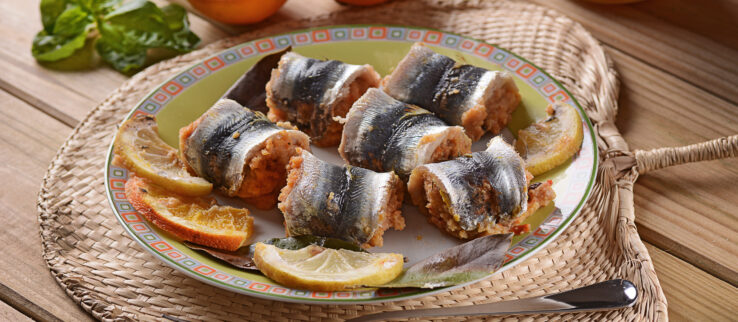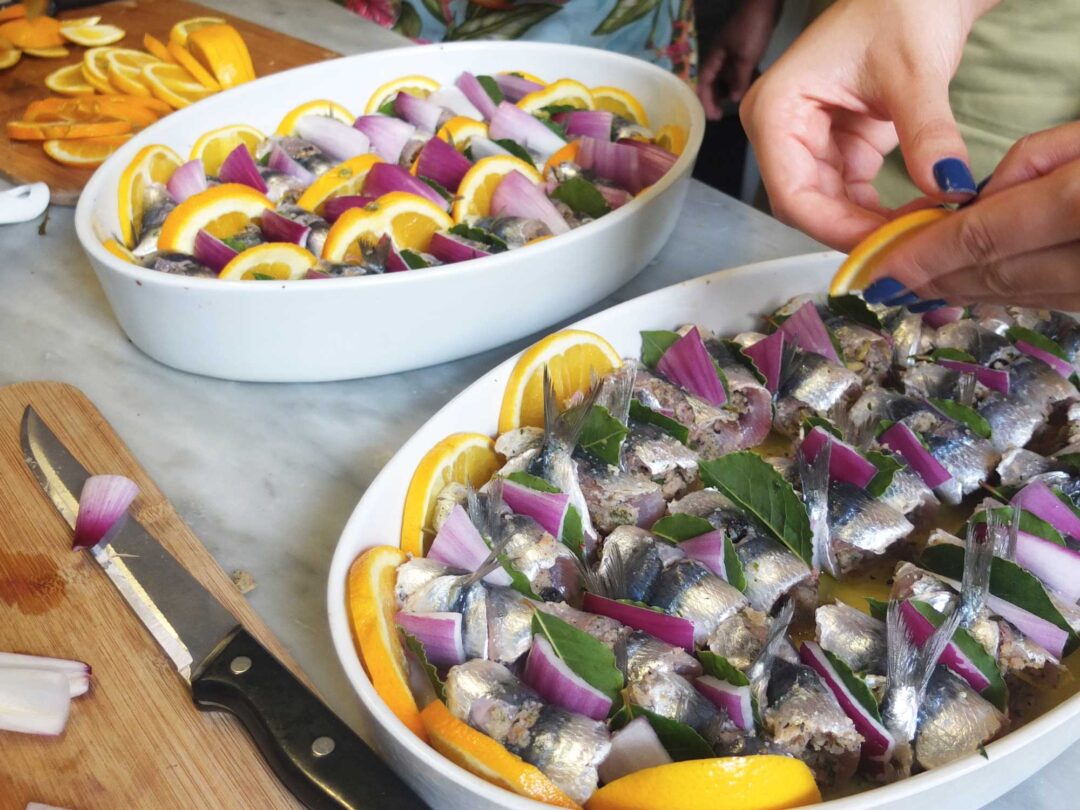Sicily, the largest island in the Mediterranean, offers a rich tapestry of history, culture, and of course, food. Nestled at the foot of Italy and influenced by a plethora of cultures including Greek, Arab, Norman, and Spanish, this sun-kissed island presents a unique culinary tradition.
As you navigate the narrow, cobbled streets, the scents of garlic, olive oil, and freshly baked bread beckon. For the uninitiated, diving into the culinary world of Sicily can be both overwhelming and utterly delightful. Here’s your guide to understanding and savoring the true flavors of Sicilian cuisine.
The Gift of Geography

Source: tasteatlas.com
Sicily’s strategic location has been both a curse and a blessing. Make sure to check out small group tours of Sicily 2024. While it has faced countless invasions over the millennia, these interactions have brought a fusion of flavors that have enriched its culinary tradition. The island’s varied topography, from its volcanic mountains to its lush valleys and extensive coastlines, has ensured a diverse set of ingredients that local chefs employ in their dishes.
Fish and seafood feature prominently in the coastal regions. Tuna, sardines, anchovies, and swordfish are staples. The fertile plains offer a bounty of vegetables, fruits, and grains, while the mountains provide game and cheese. The volcanic soil, especially around Mount Etna, gifts the island with flavorsome fruits like oranges, lemons, and grapes that are turned into renowned wines.
Layers of History, Layers of Flavors
Each era of invaders brought its culinary influences. The Greeks introduced olives and grapes; the Arabs brought rice, saffron, sugar, citrus, and spices; the Normans incorporated heavier meats and dairy. This blend of Mediterranean and Middle Eastern flavors is what gives Sicilian food its distinctive character.
Pasta con le Sarde, a dish made with pasta, sardines, wild fennel, saffron, pine nuts, and raisins, exemplifies this amalgamation. The pasta and wild fennel are deeply Sicilian, while the saffron and raisins point towards the Arab influence, all of which are key elements of the Mediterranean diet.
Sweet Tooth of Sicily

Source: authenticfoodquest.com
Sicily’s desserts are legendary, and rightly so. Influenced heavily by the Arab introduction of sugar, these sweet treats often incorporate honey, citrus fruits, nuts, and ricotta cheese.
Cannoli, tubular crusts filled with sweet ricotta, often mixed with chocolate chips or candied fruits, are perhaps the most renowned Sicilian dessert. But there are others, like Cassata, a sponge cake layered with ricotta, covered in green almond paste, and decorated with candied fruits, that tell tales of the island’s rich history.
Street Foods and Snacks
Sicilian street food is a chapter on its own. These quick bites are flavorful, affordable, and an integral part of the island’s food culture.
Arancini, deep-fried rice balls filled with meat sauce, cheese, and sometimes peas, are a must-try. Its name, which means “little oranges”, aptly describes its appearance. Another popular snack is Pane con la Milza, a sandwich filled with soft spleen and lung slices, often topped with ricotta or grated caciocavallo cheese.
Harvest and Tradition

Source: strazzantisicilyexperiences.com
The rhythms of Sicilian life are deeply connected to the land’s cycles. Olive harvests lead to the production of golden and robust olive oil, a cornerstone of Sicilian dishes. The grape harvest, beyond wine, sees the making of mosto cotto – a reduced grape juice used as a sweetener before the advent of sugar.
This connection to the earth, to seasons, and to traditions gives Sicilian food its soul. It isn’t just about recipes passed down through generations, but the stories, memories, and moments interwoven with each ingredient and dish.
Exploring Sicilian cuisine is akin to traversing through time and history. It’s a journey of flavors, aromas, and tales that transport you to ancient civilizations, sun-drenched landscapes, bustling markets, and family gatherings around grand tables. Sicily, with its culinary treasures, isn’t just an island; it’s a gastronomic odyssey waiting to be discovered. So, as the Sicilians say, “Buon appetito!” and may your culinary journey be as enchanting as the island itself.




